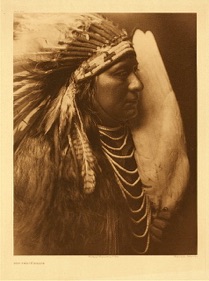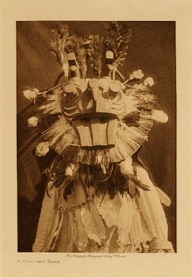For Sandrow, the “first” was a young white crested cockeral during a chance encounter in the woods.
Following her photographing the conjunction of five planets: in the distant past, astronomical alignments were seen as portents of things to come. The young white roosters sudden appearance interpreted in many cultures as a sign of good fortune. Illustrating that the world is full of chance (or destined?) happenings given the birds symbolic cultural significance: to the sun that was currently a subject of her series “Untitled Observations spacetime”. And the moon as he was a Paduan (English) aka Padovana (Italian) as was Galileo Galilei who’s practice of camera obscura was Sandrow’s too at that moment. To her neighbors, who’s ancestors lived amongst these hills since 14,000 years ago: the resemblance of cockeral’s feathered crest to their North American “Indian” Eastern Woodland headdress regalia.
And in her own history, the early influence of Marcel Duchamp on her life and work. “I don’t believe in art. I believe in artists.” Marcel Duchamp installed (1952) “LARGE GLASS” at the Philadelphia Museum of Art in a gallery that also included “Rotorelief (Optical disc)” prints: where as a young girl Sandrow found her place in life engaged in the creative process. Making art reflecting life and the natural world her prism through which to live. “Duchamp delighted in the fact that the glass shattered while being transported, the jagged cracks further confounding and fragmenting the object's chance encounter with the real world. Rather than offering escape into a story or environment, the environment is framed and focused by the work of art, and its story is ever subject to change, like the physical state of the artwork itself.” (Note 1)




